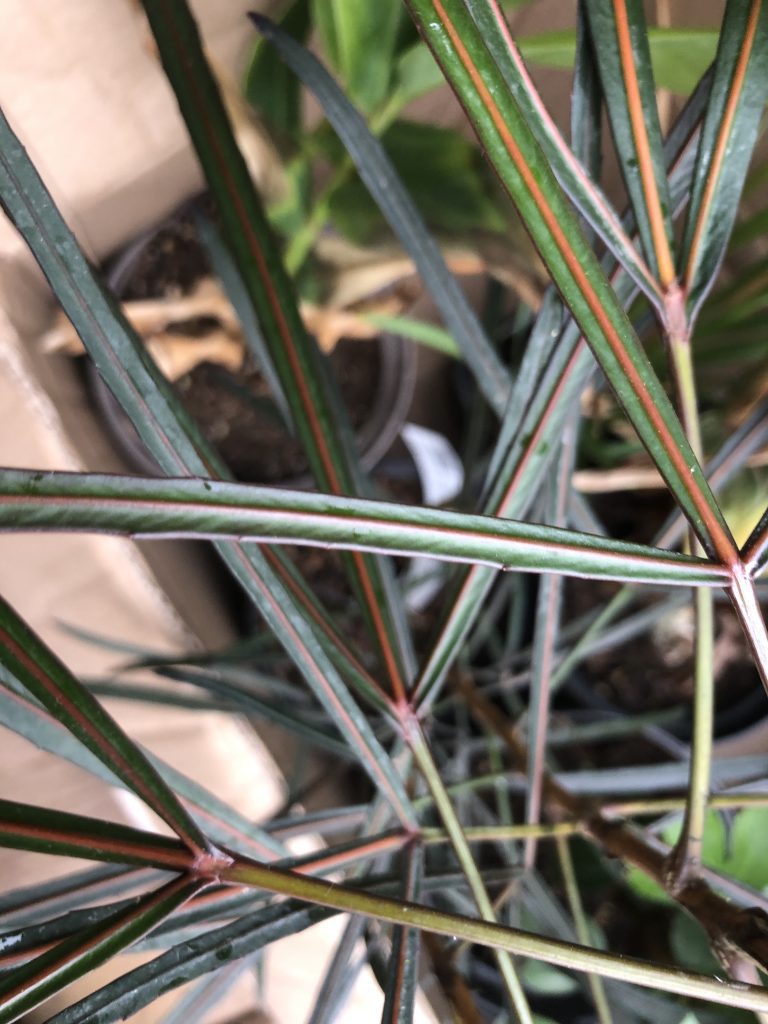Introduction
Pseudopanax crassifolius trifoliolatum, commonly known as the Three Fingered Pseudopanax, is an elegant and unique evergreen shrub native to New Zealand. With its distinctive three-fingered glossy leaves and compact growth habit, this plant makes an excellent addition to gardens, providing both ornamental value and structural interest. If you want to learn how to grow Pseudopanax crassifolius trifoliolatum successfully in your garden, it’s essential to understand its specific requirements and follow some key cultivation practices.
Selecting the Right Location
Choosing the right location is crucial for the successful growth of Pseudopanax crassifolius trifoliolatum. These shrubs thrive in well-draining soil with a slightly acidic to neutral pH. Ensure that the chosen spot receives partial to full sunlight, as these plants prefer bright conditions. Additionally, shelter the shrub from harsh winds, as Pseudopanax crassifolius trifoliolatum can be susceptible to damage from strong gusts.
Soil Preparation and Planting
Prepare the soil by incorporating organic matter such as compost to enhance drainage and fertility. Plant Pseudopanax crassifolius trifoliolatum during the early spring or late autumn, avoiding extreme weather conditions. Dig a hole that is twice the width of the root ball and at the same depth. Gently remove the plant from its container, loosen the roots, and place it in the center of the hole. Fill the hole with soil, pressing it down gently to remove air pockets.
Watering and Moisture Management
Establishing a consistent watering routine is crucial during the initial stages of growth. Keep the soil consistently moist but not waterlogged. Once established, Pseudopanax crassifolius trifoliolatum is relatively drought-tolerant, but regular watering during dry periods promotes optimal growth. Use a layer of mulch around the base to retain soil moisture, suppress weeds, and regulate temperature.
Fertilization
Feed your Pseudopanax crassifolius trifoliolatum with a balanced, slow-release fertilizer in the early spring. Avoid excessive nitrogen, as it can lead to excessive foliage growth at the expense of overall plant health. Follow the recommended dosage on the fertilizer package and evenly distribute it around the base of the shrub. Water thoroughly after application to ensure proper nutrient absorption.
Pruning and Maintenance
Regular pruning helps maintain the desired shape and size of Pseudopanax crassifolius trifoliolatum while promoting air circulation. Prune during late winter or early spring, removing any dead or damaged branches. Shape the shrub by selectively pruning to encourage a bushy and compact form. Keep an eye out for pests and diseases, addressing them promptly to ensure the plant’s overall health.
Winter Hardiness
One of the key considerations for successful cultivation of Pseudopanax crassifolius trifoliolatum is its winter hardiness. While this evergreen shrub is generally robust, providing some winter protection can be beneficial, particularly in regions with harsh winter conditions.
Mulching: Apply a thick layer of organic mulch, such as straw or bark, around the base of the plant before the onset of winter. Mulching helps insulate the soil, preventing temperature extremes and protecting the roots from frost.
Windbreaks: Consider planting Pseudopanax crassifolius trifoliolatum near windbreaks, such as fences or larger evergreen plants, to shield it from cold winter winds. Windbreaks provide a barrier that helps reduce the risk of desiccation, a common issue during winter months.
Anti-Desiccant Sprays: In colder climates, where winter winds can lead to dehydration of foliage, consider applying anti-desiccant sprays. These sprays create a protective coating on the leaves, reducing moisture loss and minimizing the risk of winter burn.
Temporary Covering: For particularly harsh winter conditions, consider providing temporary covering using burlap or frost blankets. This can be especially beneficial for young or newly planted Pseudopanax crassifolius trifoliolatum, offering additional protection until they are more established.
Monitoring Soil Moisture: Even in winter, it’s important to monitor soil moisture levels. While Pseudopanax crassifolius trifoliolatum is somewhat drought-tolerant, maintaining adequate moisture in the soil during dry winter periods can prevent stress on the plant.
By incorporating these winter hardiness measures, you can enhance the resilience of Pseudopanax crassifolius trifoliolatum during the colder months, ensuring its health and vibrancy when spring returns. Paying attention to these considerations will contribute to the overall success of cultivating this unique and attractive evergreen shrub in your garden.
Conclusion
Cultivating Pseudopanax crassifolius trifoliolatum can be a rewarding experience for gardeners seeking a unique and visually appealing addition to their landscapes. By providing the right growing conditions, regular maintenance, and attention to detail, you can enjoy the beauty of this New Zealand native in your own garden. Experiment with different planting arrangements and take the time to appreciate the distinct charm that Pseudopanax crassifolius trifoliolatum brings to your outdoor space.

